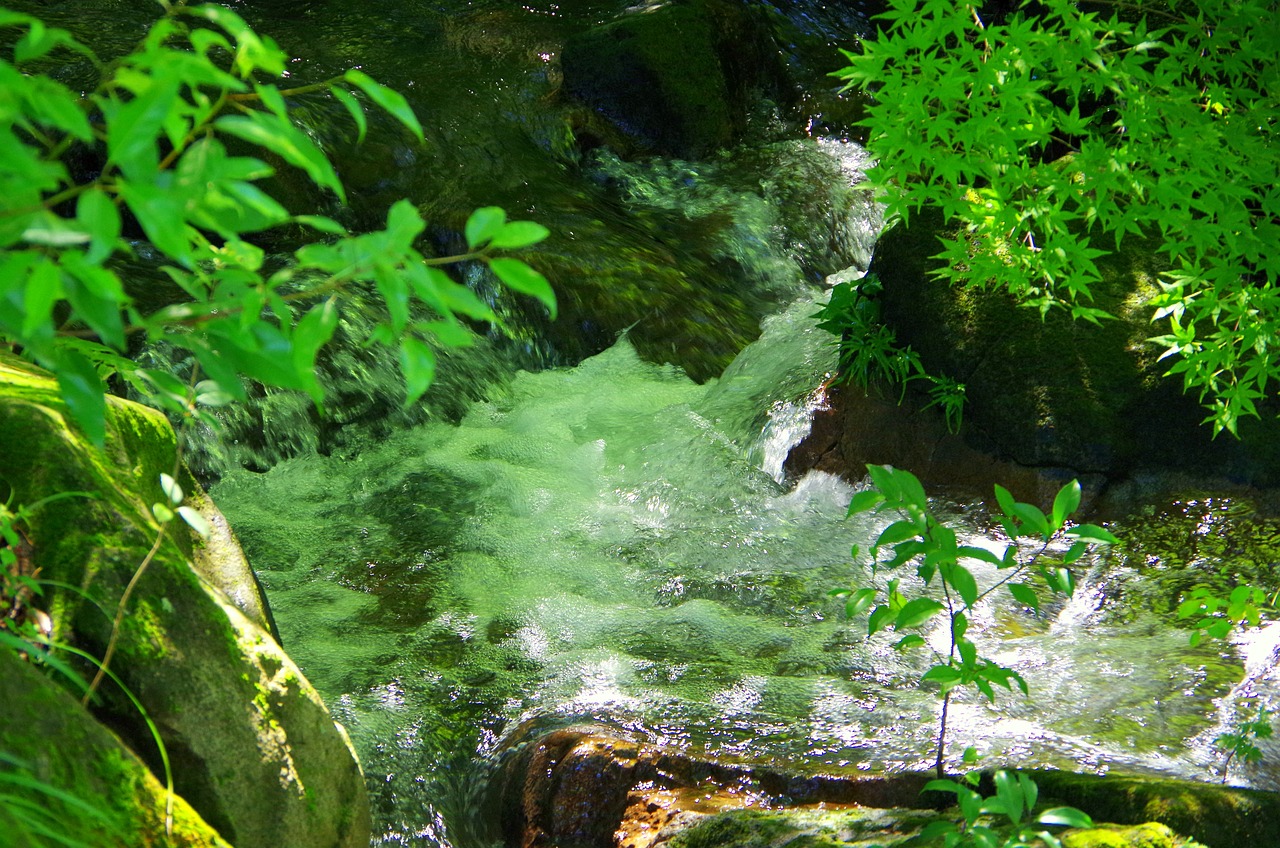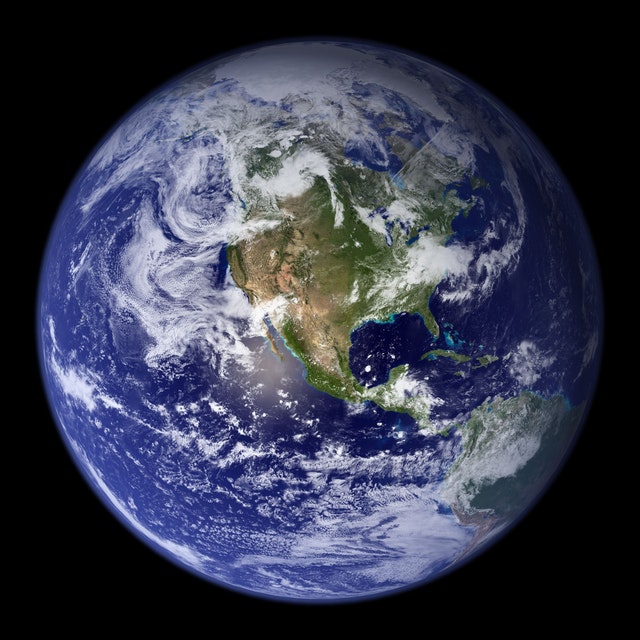

Most of us would assume that the world is made up primarily of water—but have you ever stopped to think about just how much water actually exists on our planet?
The most abundant fluid on Earth is water.
It fills both the surface and underground reservoirs, covering approximately 70 percent of the Earth’s surface.
But what does this mean for us regarding available resources and potential contamination?
97% of the Earth’s water is located in salty oceans, making it unusable for most human needs.
Another 2% is frozen in glaciers and ice caps, leaving just 1% of all water on Earth available for human use.
That means only 3.26 million cubic miles of water are available for all of our daily activities, from drinking to manufacturing to agriculture.
What would you say if you read that we have only 16 years till the world runs out of fresh water?
Do you know that the US uses 3.9 trillion gallons of water daily?
The average American household uses 250-300 gallons of water daily, but only 29 % of this amount is spent washing the toilet.
Around 30% of the US water supply comes from snow, but due to dry conditions, snow is becoming scarce.
Shockingly, 2.5 million Americans still lack access to clean drinking water in the 21st century.
Despite being a highly developed nation, this basic necessity remains out of reach for far too many people in the US.
We will not write about the world population’s universal struggles. We just mentioned the challenges we face in our immediate surroundings.
Luckily for us, water on Earth is continuously circulated via the water cycle of evaporation and transpiration, which produces precipitation over land and provides a source of renewable water.
This cycle is known as Water Cycle.
Unfortunately, the efficiency of this cycle will decline due to climate change.
It is projected that up to three billion people will experience chronic water scarcity if the temperature increases by just 2°C.
Disrupting natural cycles nature creates over millions of years poses a major problem. Earth doesn’t have hidden reservoirs that can supply us with fresh water when needed.
Water is a precious resource.
Access to clean water is crucial for development and can significantly enhance the quality of life for people in underserved areas. It’s essential to stay aware of the challenges that may arise due to limited access to this valuable resource, even as we strive to prevent future water-related crises.
So let us take a moment to appreciate the humble bottle of water we have in our hands, knowing that it is truly a life-sustaining treasure.



This is important so that we can show you the current product catalog